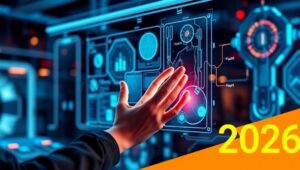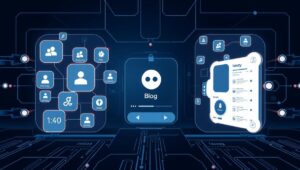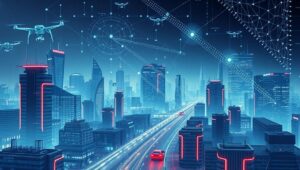May 27, 2025
The Future of Voice User Interfaces (VUIs) on Gadgets (2025)
Voice User Interfaces (VUIs) are rapidly evolving, and by 2025, their integration into gadgets will be more seamless and intuitive than ever before. This article explores the projected advancements in VUI technology, focusing on how these changes will impact user experience and gadget functionality. Enhanced Natural Language Processing (NLP) One of the key advancements will be in Natural Language Processing (NLP). By 2025, VUIs will boast enhanced capabilities to understand nuanced language, context, and even emotional undertones. This means gadgets will respond more accurately to voice commands and adapt to individual user preferences. Improved accuracy in voice recognition Better understanding












